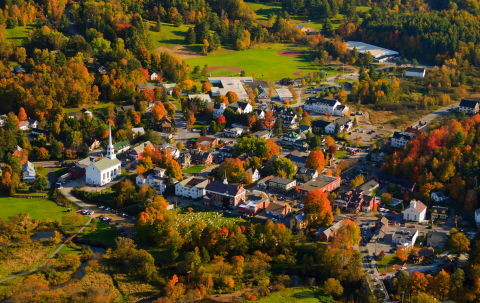
This press release from the Vermont Futures Project shares their new white paper on housing challenges and solutions in Vermont. VHFA assisted with research on the project.
In 2016, The Vermont Futures Project set a target for 5,000 new and retrofitted housing units per year to meet the critical need for homes across Vermont. This was a need five years ago, and as we strive to recover from the pandemic-caused economic downturn, the health of Vermont’s housing market is under more stress than ever.
Governor Scott recognizes this need and recently proposed using substantial federal funding to create 1,135 “missing middle” housing units, renovate 681 vacant affordable rental units, build 2,434 mixed income units, add 600 affordable multi-family housing units, weatherize an additional 900 units, and improve drinking and wastewater systems.
“The Governor’s proposal underscores the need for more housing in Vermont, with an emphasis on the missing middle. The Vermont Futures Project supports this once-in-a-lifetime opportunity to address this intractable, long-term problem, and believes this will help retain and attract more Vermonters to our workforce and communities,” said Lori Smith, Executive Director of The Vermont Futures Project.
The moment is now to create a long-term, comprehensive plan to address our housing crisis. Attractive, affordable, and efficient homes will revitalize Vermont communities, provide stable housing, and enable us to attract and retain the people and businesses we need for a thriving economy. The Vermont Futures Project worked for several months to collate immediate actions that would improve the health of our housing. You can read the full paper with detailed housing challenges and solutions here.
About The Vermont Futures Project
The Vermont Futures Project is an independent non-partisan organization with a goal of providing a vision that supports and encourages long-term economic growth for Vermont, providing data and recommendations to achieve this goal. The Vermont Futures Project positions the economy in the center of a statewide discussion about Vermont’s future, enriching that discussion with data, education, benchmarks, and research – demonstrating how a healthy economy provides opportunities for people and contributes to Vermont’s unique quality of life.

